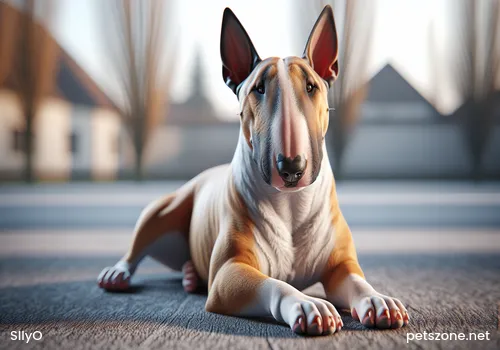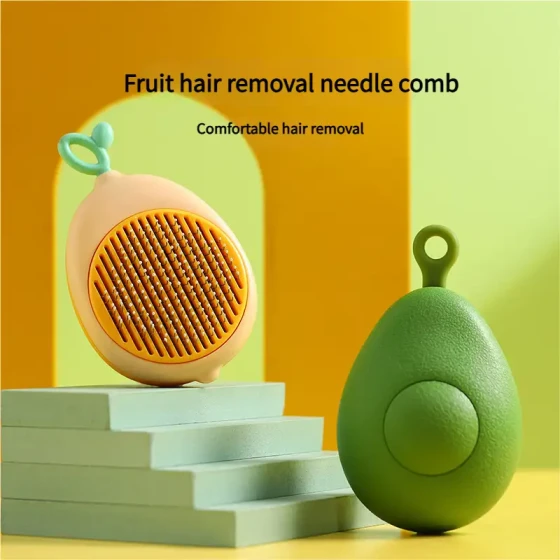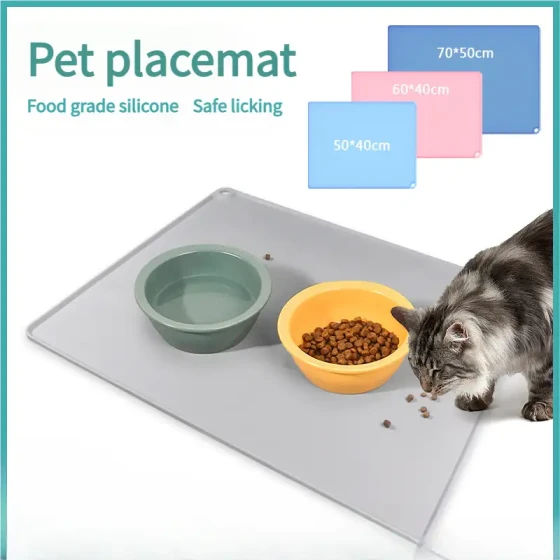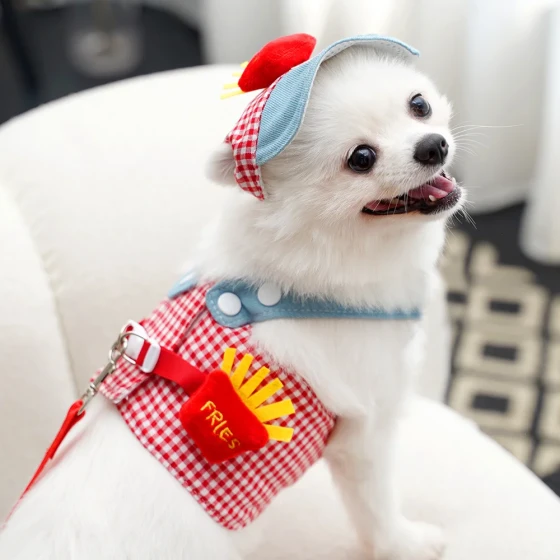What are the precautions for brushing a dog's teeth?
The idiom "rosy lips and white teeth" is used to describe a beautiful person, where "white teeth" refers to dental health, highlighting the importance of good teeth. This principle also applies to dogs; for dogs, healthy teeth mean a good appetite. Today, the PetsZone editor will talk about the precautions for brushing a dog's teeth. Let's take a look below.

Brushing a dog's teeth is not an easy task because dog owners not only need to make time and effort but also the dog may not accept tooth brushing. Not all dogs like the feeling of having their teeth touched. If the dog strongly resists brushing, owners may try using mouthwash for dogs. The owner only needs to pour about one bottle cap of Taiqu dog mouthwash into 500ml of the dog's drinking water, allowing the dog to drink and help clean the oral cavity.
For dogs, human toothbrushes are too large, and the bristles are relatively hard. Using human toothbrushes may cause the dog's gums to bleed. Human toothpaste is also irritating to dogs, and when brushing, dogs tend to swallow the toothpaste, unlike humans who rinse with water. Therefore, when brushing a dog's teeth, owners should choose toothbrushes and toothpaste specially made for dogs. For toothpaste flavor, owners can select tastes that the dog likes, such as beef or chicken flavor.

Owners can also use dental sprays for dogs. When using it, the owner needs to lift the dog's head, open the dog's mouth, and spray some dental spray onto the dog's teeth, being careful not to spray into the dog's throat. Dental spray stays on the dog's teeth for a short time, and dogs often lick it off easily. Additionally, some dogs may resist dental spray; if a dog really dislikes it, the owner should not insist on using it to avoid frightening the dog and can try other methods to clean the dog's teeth.

These are the precautions for brushing a dog's teeth. We hope this can help everyone.
-560x560.webp)



-560x560.webp)
